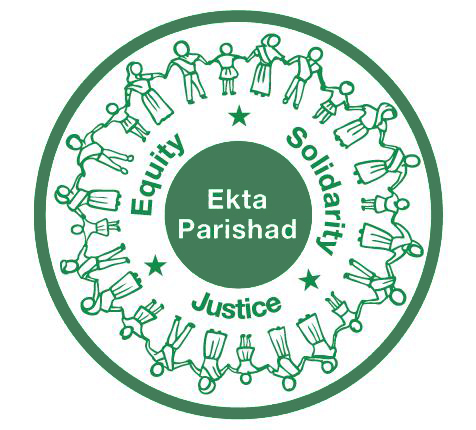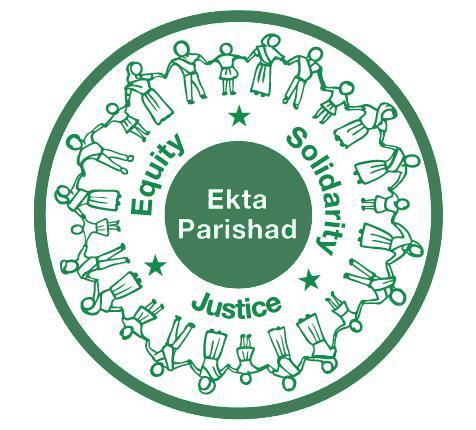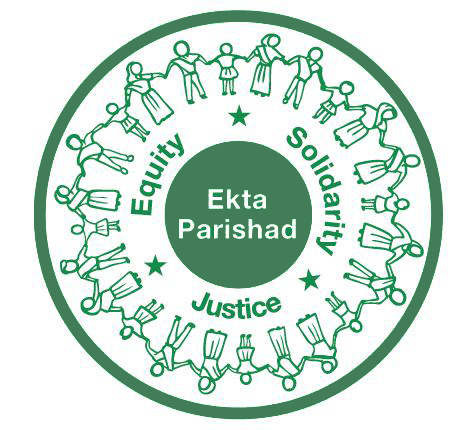Coastal Land Tenure Reform COSTA RICA - Socio Environmental CONFLICTS
This work aims to contribute to the debate on social conflicts generated by coastal development and the process of land tenure reform as a conflict resolution mechanism. We will present the case of the Territorios Costeros Comunitarios reform movement (TECOCOS) currently mobilized in Costa Rica and integrated by over 60 coastal communities. This reform movement initiated in reaction to a recent wave of planned evictions threatening specific coastal communities on the Pacific Coast of Costa Rica, following a decade of aggressive coastal tourism development.







